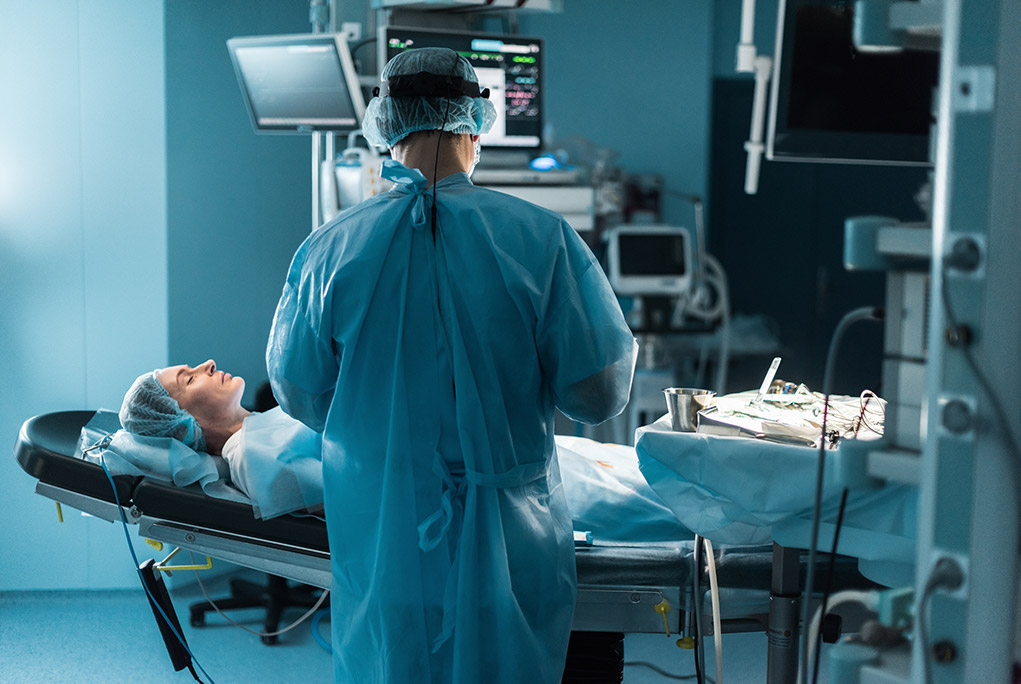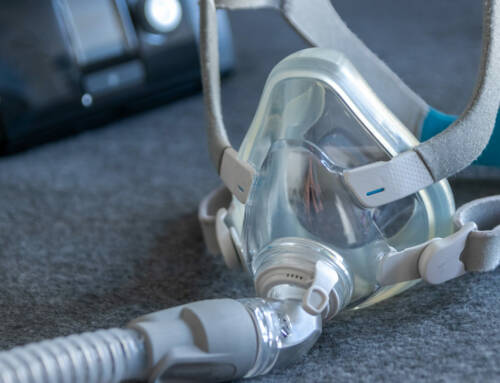AB 863, a bill proposed in Wisconsin in 2017, would require the installation of cameras in rooms where surgery is performed so that video graphic evidence exists in the case of a medical malpractice claim. Although the bill has been pending for a couple of years, debate over the proposal is heating up at a national level.
At issue is the question of whether video graphic evidence will help or hurt a plaintiff’s case. Filming a surgical procedure adequately would require cameras to be close to patients, and a video that does not show the procedure close up may not help plaintiffs who are victims of malpractice. When jurors watch a video taken from a wall-mounted camera, they may just see what seems like normal operating room procedure – not an egregious violation of a doctor’s duty to a patient. That may hurt a plaintiff’s case, which is especially troubling to lawyers who specialize in malpractice since the burden of proof in these cases is very low and the standard of care is high.
On the other hand, video evidence may help to establish facts in a case and may benefit plaintiffs in certain cases. If the video shows that a surgeon did not follow procedure or was grossly negligent, for example, it may be so compelling that the plaintiff’s lawyers would be able to increase punitive damages and improve compensation for their client.
It’s a complex debate, and the right answer isn’t easy to determine. For more information on this issue, read this article. If you have been the victim of medical malpractice, contact Napoli Shkolnik PLLC for a free consultation with an experienced personal injury attorney.






